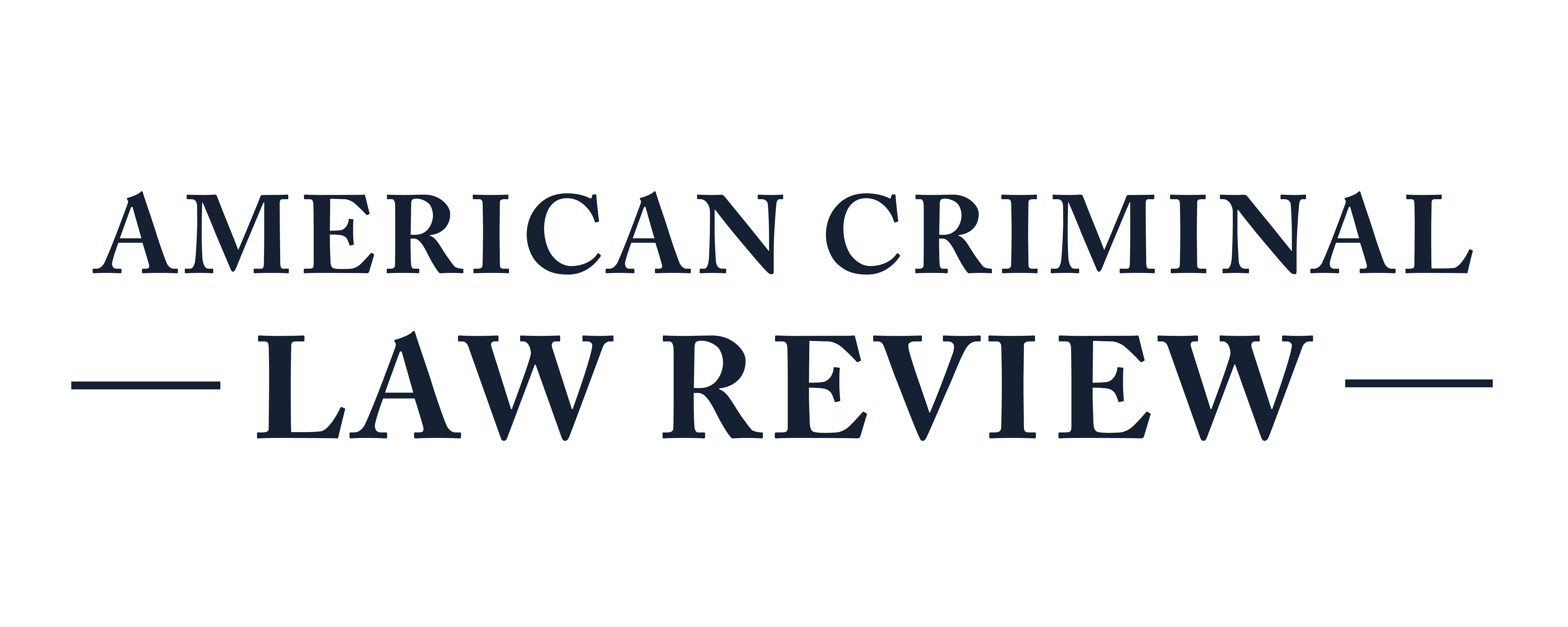Calling Officer Hester Prynne: The Promises and Pitfalls of Employing Public Shame as a Deterrent For Police Misconduct
“I literally could not put my phone down. Whether I got shot or not, this needed to be documented.” Those words were spoken by the bystander who used their smartphone to capture the moment that police in Austin, Texas opened fire on peaceful protestors seeking medical assistance for 20-year-old Justin Howell. An officer had shot Howell in the back of the head with “nonlethal” beanbag rounds. The video spread like wildfire on social media, leading to a ban on nonlethal rounds by the Austin City Council and a proposed 100 million dollar budget cut for the Austin Police Department. This event, while horrifying, is not uncommon. In the past decade, a proliferation of bystander videos of police violence have circulated online, revealing the disturbing extent to which some officers abuse their authority and enflaming public unrest about police misconduct. This increased trend in civil vigilantism raises the question: why do civilians feel obligated to film officer misconduct?
This Note argues that our system has failed to employ formal measures to deter inappropriate use of force by police. Therefore, bystanders film and circulate videos of police misconduct online to use public shame as extrajudicial deterrence. While evidence is limited on this novel topic, public shame appears to be an effective deterrent to police misconduct. This Note shall proceed in three parts: Part I explains deterrence theory generally, how it applies to police misconduct, and how public shame acts as a deterrent to wrongdoing. Part II explores how public shaming, by filming the police, deters police misconduct. While body-worn cameras demonstrate that filming the police can reduce their propensity for misconduct, they have been insufficient deterrents because the police control how these cameras, and their footage, are used. Bystander videos, in contrast, present the promise of effective deterrence because the public controls the footage. When these videos are circulated online, the public shame they inspire presents an extrajudicial sanction that deters the police from misconduct. Finally, Part III argues that the deterrent effect of public shame should only be used as a means of reforming police misconduct, not as an end. Public shaming cannot be accepted as an end itself without undermining legitimate rule of law, where respect for the law rather than fear of public shaming deters misconduct.
Subscribe to ACLR
